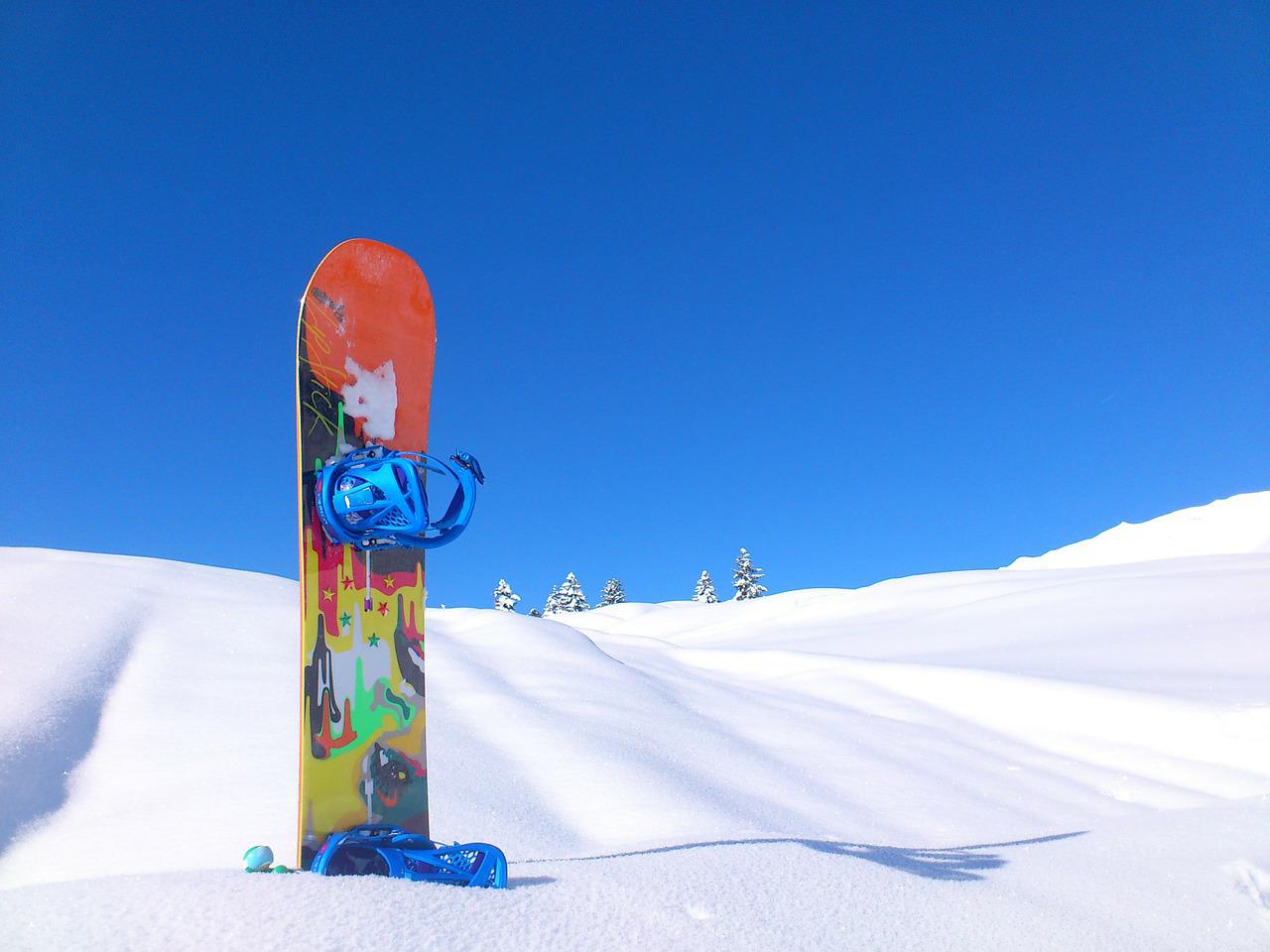The history of snowboarding goes back a few decades, to 1965, when Sherman Poppen invented the first “snowboard.” It was originally called a Snurfer, a combination of “snow” and “surf.” Randall Baldwin Lee, who was employed at the Outdoorsman Sports Center on 605 Ottawa Street in Muskegon, Michigan, helped Poppen develop his invention. Lee patented the board in 1966, and the sport began to take off.
Origins
The earliest form of snowboarding is Petranboarding, a method of sliding on a plywood board with a rope handle. Today, Petran, Turkey, is a logging village where locals still ride their petranboards. In the short film Foothills, directed by Alex Yoder and produced by David Cleeland, we get a look at the origins of snowboarding. And while it’s true that snowboarding began in the United States, the history of the sport can be traced to as far back as the early 18th century.
Variants
Different styles of snowboarding have been developed since its invention. The equipment used and the base on which the snowboard is ridden differ greatly from one another. Listed below are some of the most common snowboarding styles. Jibbing involves riding anything, such as rocks and ledges, while freestyle snowboarding focuses more on speed. Jibbing involves sliding over nonstandard surfaces and performing various tricks. Most of these styles are performed in skate parks.
Safety
While snowboarding, safety is of the utmost importance. Injuries occur regularly, but if you follow the basic safety rules, you can reduce your risk of injury. You should also be aware of where and how to avoid other snowboarders. For example, when performing wheelies, lean back on your rear leg. In ollies, pull up on your front leg and bring your back leg up to meet the board. Land on your nose first and use your knees to absorb the impact.
Competitions
In the world of snowboarding, the prestigious FIS Snowboard World Cup is one of the most prestigious competitions. Winners of this event receive prestigious titles, the highest number of world ranking points, and CHF 200,000 in prize money. World-renowned freestylers wow the crowd with aerial moves, new tricks, and crazy rotations on a 200 metre long superpipe. Olympic medal winners are among the past winners of the FIS Snowboard World Cup.
Rules
While snowboarding, you should always look up when you are crossing a slope. This is especially true if you are on the heel or toe edge of the board. You should also avoid stopping behind a lip. By knowing these basic rules, you will be much safer while snowboarding. You can also watch out for others who may be riding behind you. Here are some more rules of snowboarding that you should follow while snowboarding.
Burton Snowboards
The company’s snowboards and accessories are built for the highest level of mountain-riding performance. A documentary about Jake Carpenter’s life and journey in developing his snowboard brand will be released soon. The film features Jake at his early days riding a “snurfer”, as well as his wedding and hospital stays. The film also features interviews with some of Jake’s closest friends. It will also highlight the company’s legacy and its relationship with snowboarding.
Paul Graves
One of the most prominent and iconic snowboarders of all time is Paul Graves. Recognized as the “founder of snowboarding,” Graves has led the industry from the very beginning. He has been an athlete and ardent promoter, and has also served as a consultant for events, media, and board makers. His involvement with the sport helped the industry gain worldwide recognition. He will participate in a Red Bench discussion on snowboarding on the 40th anniversary of the 1982 event in Woodstock, VT.

